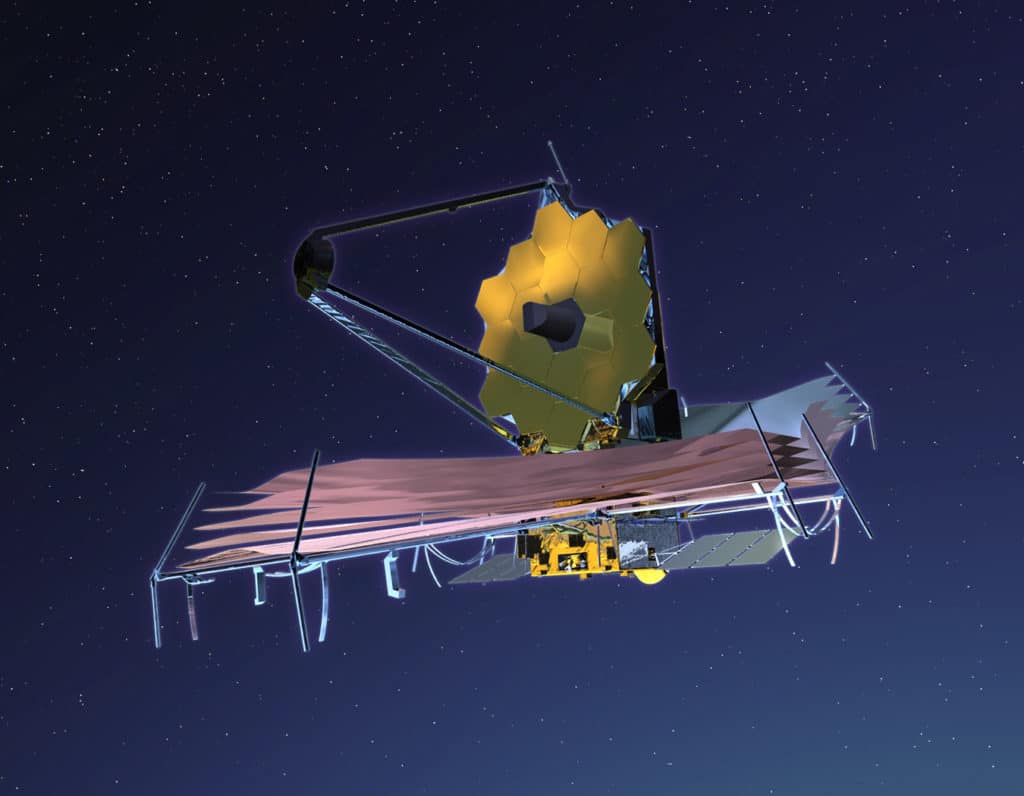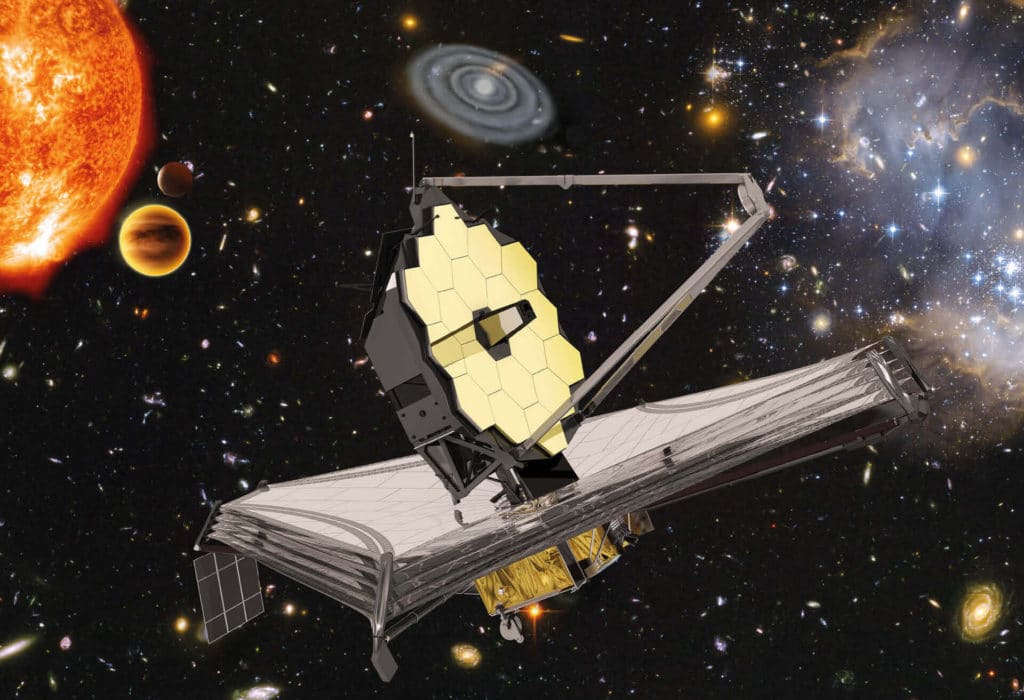Some are calling it the next-generation telescope, others are calling it the replacement or successor, but no matter the shorthand, the James Webb Space Telescope is here, and the science world is abuzz. The NASA team tasked with completing the final tests for Hubble’s new big brother has announced its completion. A feat in and of itself given these tests have the insurmountable job to ensure the telescope runs smoothly… while operating in space. Tests completed; the job is by no means finished for the NASA team. Shipments through the Panama Canal to its launch location in Kourou, French Guiana present their own set of challenges. However, the lion’s share of the work is behind them. A tremendous triumph of human intelligence and resilience, given the obstacles overcome: including earthquakes, hurricanes, and a global pandemic. With a team of thousands, human cooperation and ingenuity will bring us closer than we ever have to understanding the early universe.

Webb has a number of improvements and distinctions over the previous pinnacle of space exploration, the Hubble Space Telescope. The most important is the wavelength of light it detects. Webb will largely remain focused on a longer wavelength of light, infrared. This has its advantages over Hubble, which predominantly read a shorter wavelength in the ultra-violet spectrum. Stars and planets often remain unseen to us as large clumps of dust absorb the visible light they give off. Infrared on the other hand passes through these space clouds, illuminating the contents inside; content that will likely be significantly older. The universe is expanding, meaning that traveling light given off by old stars and planets will expand as well, shifting the light towards longer wavelengths, like infrared. Thus, Webb will be able to detect objects from the very beginning of our universe, giving scientists clues into the origins of early galaxies, and explanations for some of the complex processes we see in stars and planets today.

Upon launch, Webb will fly for a month before reaching its desired destination, in orbit around the Sun nearly one million miles away from earth. A few days after launch, sun shields will be released to help cool the telescope and the many instruments aboard. Over the next few weeks, the mirrors attached will unfold, the devices aboard will power on, and the thrusters will direct the telescope into its predetermined orbit. It’s not time to unravel the secrets of the cosmos yet. Months of alignments and calibrations will delay any research until 6 months following launch. Currently scheduled for Oct. 31, 2021. A small price to pay for what will surely shape our perception of the universe.